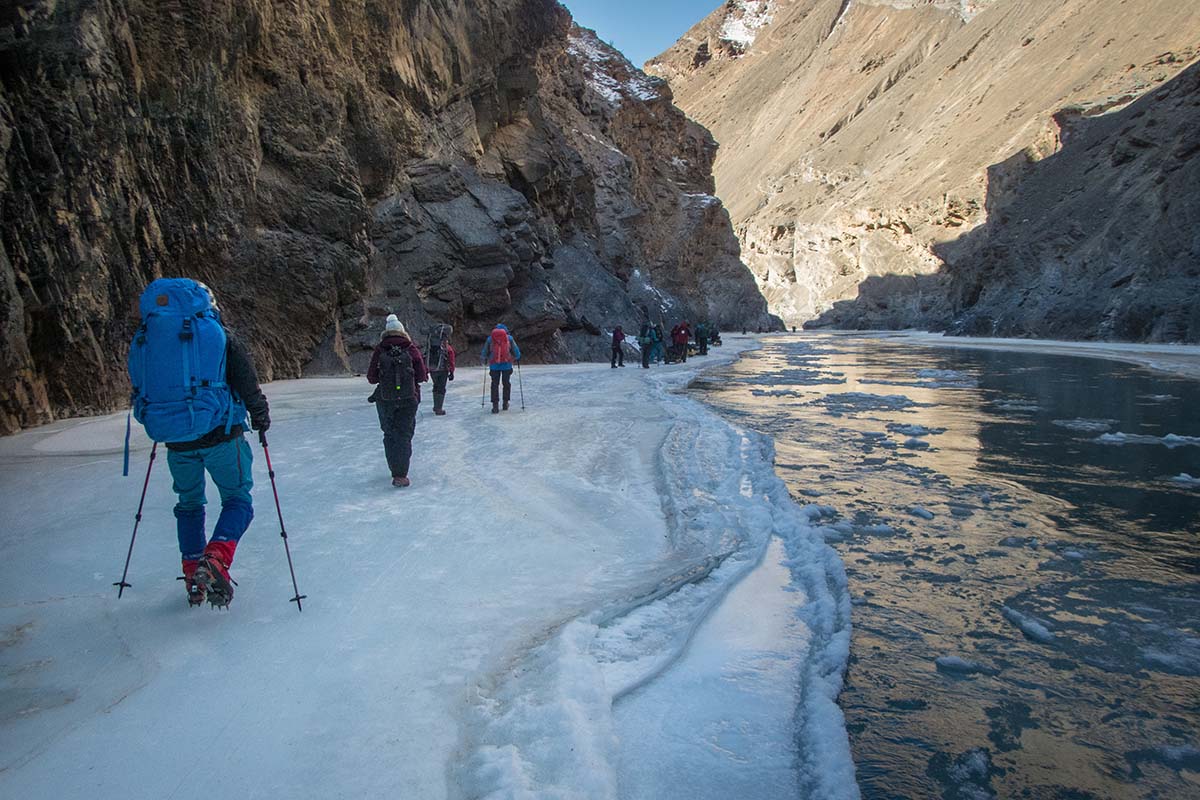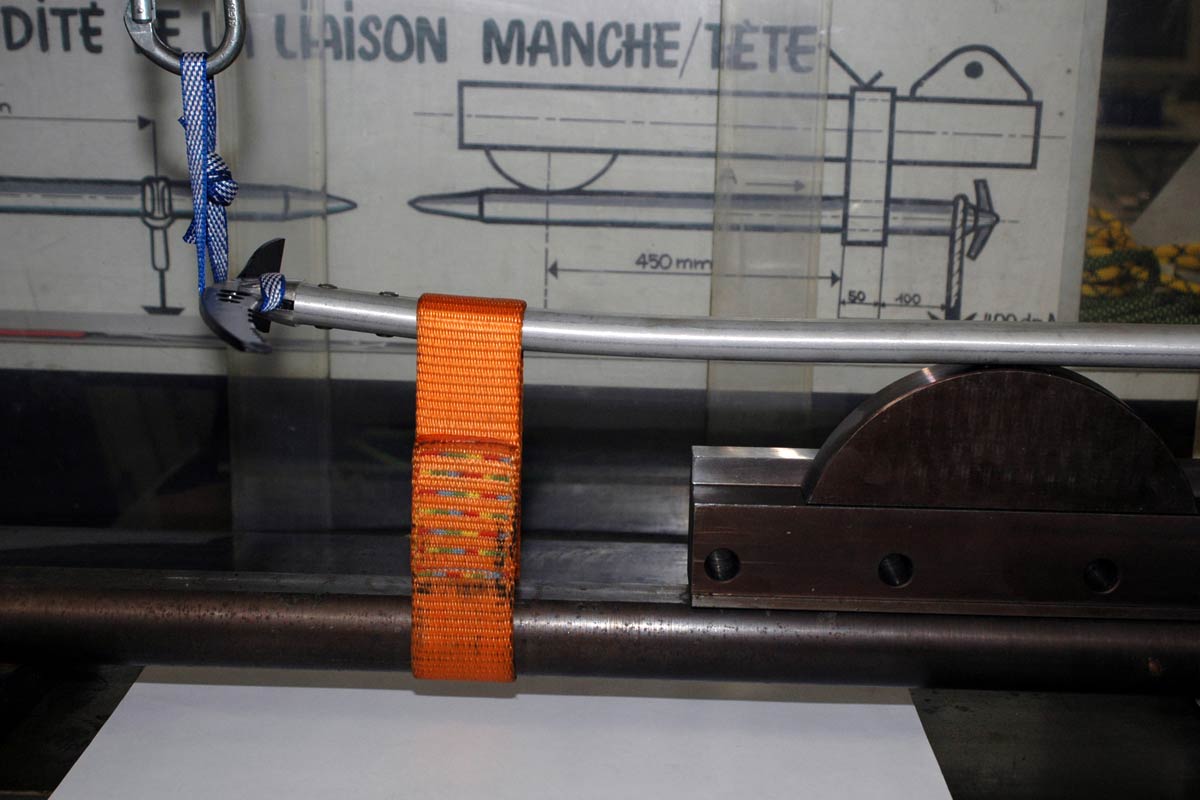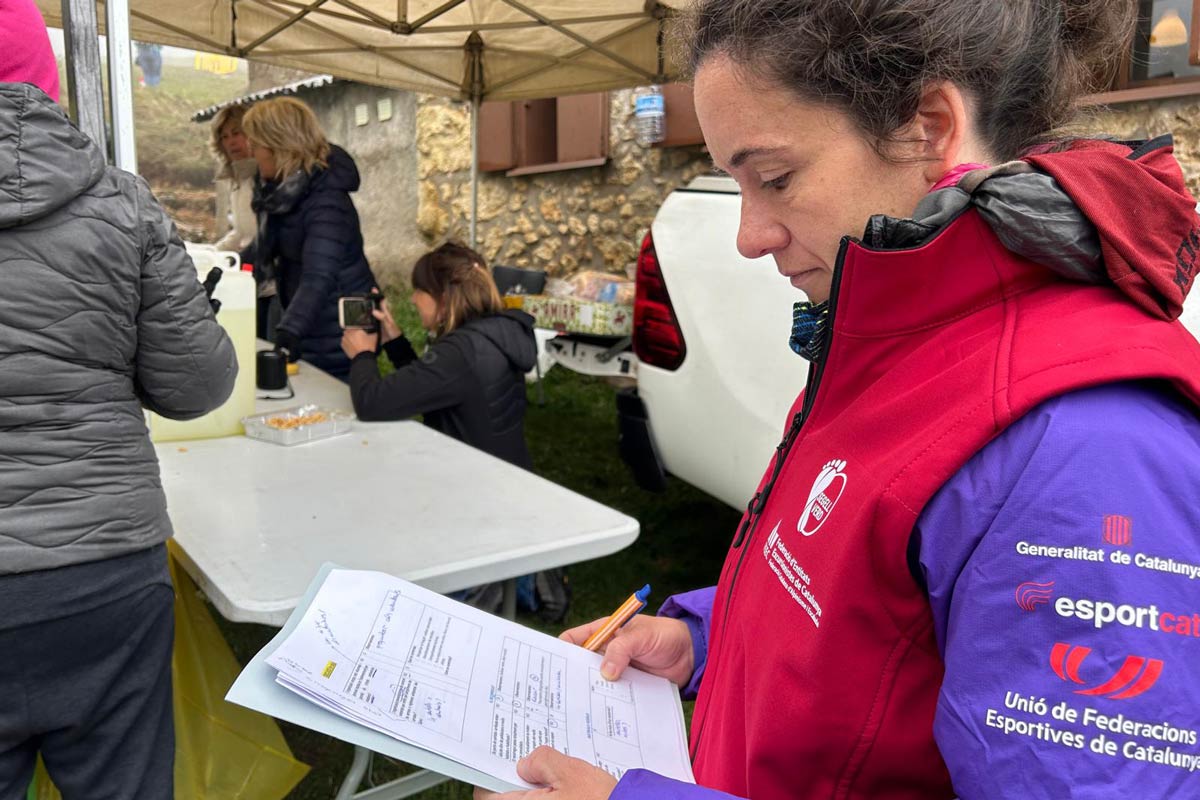Increasingly popular as a trekking destination among both Indian and international adventurers and tourists, the Chadar Trek, an ice passage across a fast flowing river in the Zanskar region of Ladakh, is also a route which presents a number of safety concerns.
Having conducted a recent training programme in the region, Steve Long, Chair of the UIAA Training Panel, reported on the current situation on The Chadar which is characterised by a lack of clear safety information, a number of tourists travelling unaccompanied – meaning walking several hundred metres away from the next human or group – and un- or under-equipped.
With the aim of providing anyone planning on crossing this magnificent ‘ice highway’ with greater safety information, the UIAA Training Panel, with the support of the Indian Mountaineering Foundation (IMF), has provided the following information related to the prevention of accidents and dealing with unforeseen situations. This advice is also available on the IMF website.
Safety Advice for Chadar Trek
Consequences of an ice collapse are extremely serious. Quick action needs to be taken in the event of a victim being swept under ice following an ice collapse. It is recommended that:-
- Designated leader should wear crampons or microspikes of a reputed brand/quality and carry an ice axe so that when required they can assist others.
- One person per 10 should carry a throw-bag on person or outside of backpack.
- All trekkers must wear at least a small pack, to improve flotation.
- All ice-bound rescuers should be roped if possible in case of further ice collapse.
- Party of 10 must have 30 metres of low stretch rope, 2 slings, 4 carabiners and1 spare sleeping bag in case of loss or other damage (eg soaking).
- Sleeping bag and clothes should be packed in watertight bags
- Unfastening waist and chest straps is recommended for narrow sections.
- If in doubt of the stability of ice, use river bank if possible
- The entire party should be briefed about the seriousness of immersion and action to be taken in such an event. Such briefing should include the following advice.
- In the event of falling in to water, scream to attract attention. Try to grab the bank and hang on. If swept away, your bag will provide some flotation, but face down. If possible remove it and fix to chest instead. Fight to remain on surface. If unable to reach a bank or shallow, aim for whirlpool or eddy if possible
- In the event of immersion rescue,
- Replace wet clothes immediately
- For hypothermia cases use sleeping bags and hot water bottles to revive casualty.
- Erect tent and warm interior with stoves for serious cases.
- Keep close watch of other party members in case of hypothermia.
Further Information:
Indian Mountaineering Foundation (IMF)
UIAA Safety Standards
UIAA MedCom
UIAA Training Qualifications
Main Image: Courtesy of Steve Long



